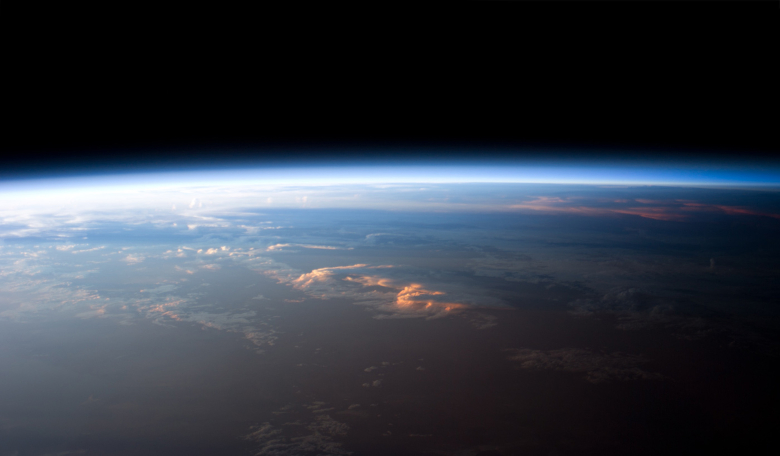As the 2021 United Nations Climate Change Conference, more commonly referred to as COP26, comes to an end, a new study has found that Earth's lower atmosphere is expanding due to climate change.
Our atmosphere can be roughly divided into five areas; the troposphere comes first, then the stratosphere, while the middle region is known as the mesosphere. Beyond these are thermosphere and the exosphere which extends out into space.
Sitting between the two lowest levels is the tropopause, a boundary which makes the transition between the dense and turbulent troposphere from the overlying and more stable stratosphere.
Because the tropopause responds to the average temperature of the entire layer that lies underneath it, it is not uniformly spread across the globe but ranges in height at the equator and poles. In equatorial regions the tropopause occurs at approximately 17 kilometres, whereas above the polar regions it occurs at around approximately 9 kilometres.
Because of this responsiveness, scientists use the height of the tropopause as a sensitive diagnostic for human-made climate change and according to a new study it’s not great news.
By using weather balloons to collect data on the tropopause for the past 40 years, an international team of scientists have found that the troposphere (the lowest atmospheric level) has been expanding upward at a rate of roughly 50 to 60 metres per decade.
The rising is caused by warming temperatures near Earth's surface that are causing the lower atmosphere to expand.
“This is an unambiguous sign of changing atmospheric structure,” said Bill Randel, a scientist at the National Center for Atmospheric Research (NCAR) and co-author of the new study.
To investigate the changes, the team analysed observations from specialised satellite instruments dating back to 2002 that probe the atmosphere by measuring the degree to which Global Positioning System (GPS) radio signals bend and slow as they pass through the atmosphere.
This was coupled with recently updated archives of observations from radiosondes; an instrument carried by a balloon that measures various atmospheric parameters such as temperature, pressure and relative humidity. Because the radiosonde data is most detailed over land areas of the Northern Hemisphere between 20 and 80 degrees in latitude, the team focused their study in this region.
Air in the atmosphere expands when it's hot and contracts when it's cold, so the tropopause naturally shrinks and expands with the changing of the seasons.
But, say Randell and team, when you factor in results from the two data sources, it was found that one of the biggest drivers of change in an increase in the quantity of greenhouse gases pumped into the atmosphere.
These gases are trapping more heat in the atmosphere, causing the tropopause to rise higher than ever before.
“These results provide independent confirmation, in addition to all the other evidence of climate change, that greenhouse gases are altering our atmosphere”, Randell says.
What's more, the rate of the rise seems to be increasing. After taking into account the impact of natural events, such as the “global warming hiatus” caused by significant El Niño’s in the late 1990s, and two volcanic eruptions in the 1980s, the team estimate that human activity accounts for a rise in the tropopause of 50-53 metres per decade – around 80 percent of the total increase in atmospheric height.
Further satellite observations taken since 2000 also verify that the height of the tropopause has increased over the past two decades.
“The study captures two important ways that humans are changing the atmosphere,” Randel said. “The height of the tropopause is being increasingly affected by emissions of greenhouse gases even as society has successfully stabilised conditions in the stratosphere by restricting ozone-destroying chemicals.”
How a steadily increasing height of the tropopause will affect society or ecosystems, is not fully known, but at the very least it could have an impact on weather, which in general occurs below the tropopause in the troposphere.
It might also have an impact on commercial flights. The location of the tropopause is of interest to flight crew because it indicates the altitude at which temperature becomes constant with increasing altitude, which is an import factor in performance and fuel calculations.
These findings have been published in the journal Science Advances.











